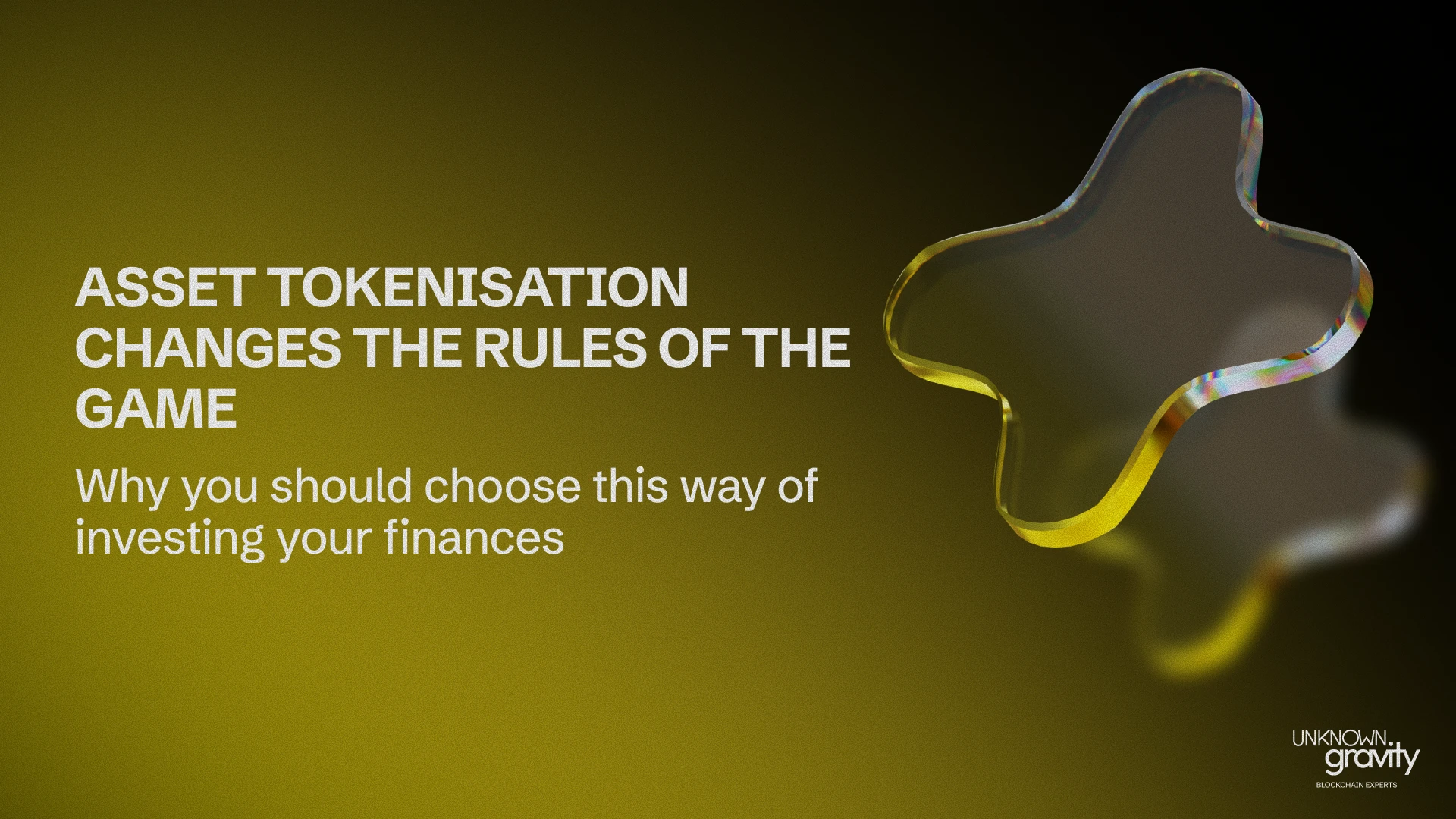Asset tokenization is one of the most innovative concepts that is revolutionizing the financial world.
Thanks to the advancement of decentralized finance (DeFi) and blockchain technology, more and more traditional assets are being converted into digital assets, facilitating their exchange, fractionation and liquidity in global markets.
In this article, we'll explain what asset tokenization is, how it works, and why it represents a disruptive change for traditional finance.
What is asset tokenization?
Asset tokenization consists of transforming rights or ownership of a physical or financial asset into a blockchain-based digital token.
These tokens represent fractional units of the underlying asset, such as real estate, stocks, works of art, or even debt. This allows anyone to buy, sell or exchange parts of the digital asset, democratizing access to investments that were previously reserved for large capitals or specific markets.
How does tokenization work?
1. Asset identification
A tangible or intangible asset is selected to be tokenized.
2. Token creation
Using smart contracts, a digital token is created that represents a share or right to the asset.
3. Blockchain registration
The token is registered on a blockchain, ensuring transparency, security and traceability.
4. Negotiation and use
Tokens can be traded on decentralized finance platforms or secondary markets, offering instant liquidity.
Benefits of Asset Tokenization
Accessibility
It allows you to invest in high-value assets with small amounts.
Liquidity
It facilitates quick buying and selling without the need for traditional intermediaries.
Transparency
Blockchain technology provides a public, immutable record of every transaction.
Reducing costs
It eliminates many bureaucratic processes and fees typical of traditional financial systems.
Tokenization and Decentralized Finance (DeFi)
Tokenization is closely linked to the rise of decentralized finance, which operates without intermediaries through smart contracts.
The integration of tokenized assets into DeFi platforms makes it possible to create new financial products, such as lending, staking or trading, with greater efficiency and global reach.
This opens up a more inclusive and flexible financial ecosystem, where anyone with Internet access can participate.
Comparison between traditional finance and asset tokenization
In traditional finance, accessibility usually has a high barrier to entry, while asset tokenization allows fractional and much more accessible investments.
Liquidity in the traditional financial system is limited and processes can be slow; on the other hand, tokenized assets are traded with high liquidity and in real time.
The intermediaries in classic finance are banks, brokers and agents, while tokenization uses smart contracts and blockchain platforms, reducing dependence on third parties.
In terms of transparency, the traditional system is usually opaque and with records limited to the public, while tokenization offers a public record, immutable and accessible to all.
Finally, traditional finance costs tend to be high due to fees and paperwork, while tokenization significantly reduces these costs.
Conclusion
Asset tokenization represents a revolution in the financial world, offering new opportunities to invest, trade and diversify portfolios through digital assets.
When combined with decentralized finance, it is opening the doors to a more democratic, efficient and transparent financial system.
If you want to be at the forefront of future finance, understanding tokenization is essential.
















.webp)
.webp)





































.png)
.webp)
.webp)
.webp)
.webp)
.webp)
.webp)
.webp)
.webp)
.webp)
%20(1).webp)
.webp)
.webp)
.webp)

.png)
.png)
.png)



